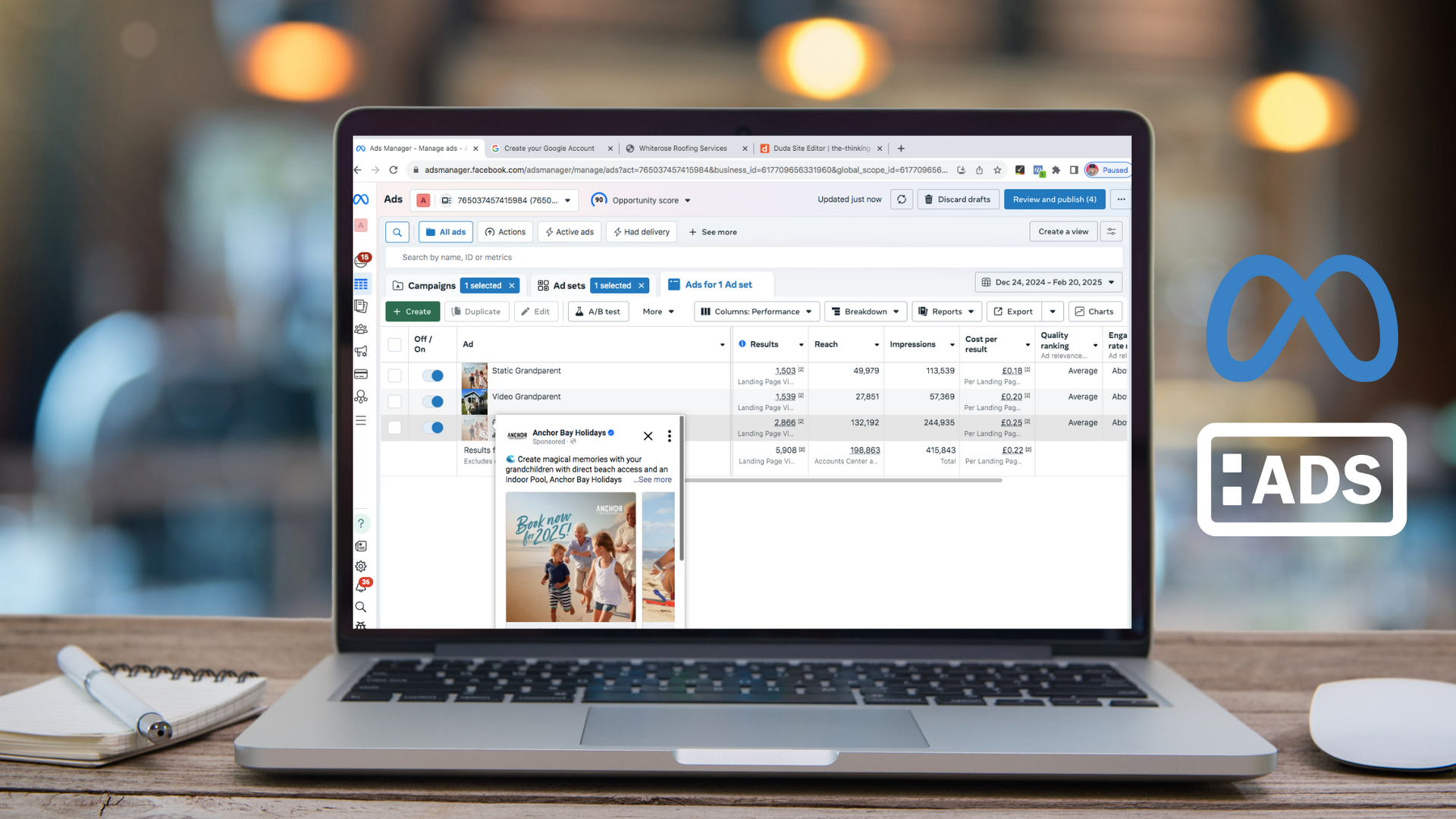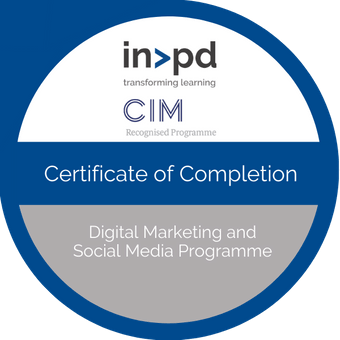How to Optimise social media ads to be seen by your ideal customer
We often hear from business owners about their challenges with boosting posts and achieving a low ROI from their social media ads. To help you get the most out of your hard-earned cash, we’ve put together some tips on how to optimise social media ads for better results.
We’re here to explain how incorporating paid ads with your organic marketing can raise awareness of your brand, speed up leads, and give you much more web traffic – you just need to know how to get them in front of your target demographic.
We’ve helped a huge range of companies to create and optimise their ads; from boosting ad engagement for a Yorkshire coastal cottage company whose paid reach had been reduced by Meta, to launching an ad campaign for a tailor which resulted in three big leads in the first week of the publishing – two of which have already measured up and paid for their wedding suits.
In fact, we received an amazing Google review the other week (which prompted this blog), see below:
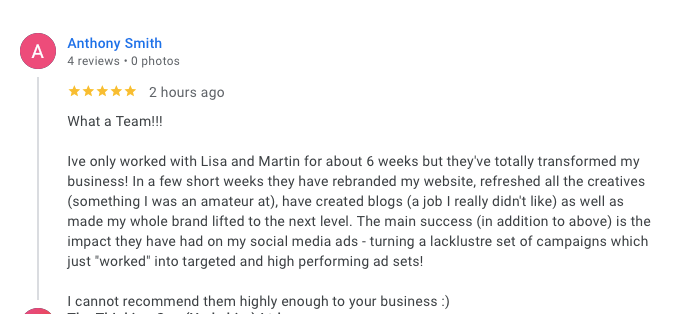
Keen to find how it all works?
Welcome to our guide on how to optimise social media ads to have them seen by your ideal customer.
Understanding Your Target Demographic: Key Insights
The key to creating successfully optimised social media ads at any level is to know:
- your target demographic – who is your buying customer?
- what makes them tick?
- when and why do they think of buying your product/service?
- are there any connected services that your audience maybe showing an interest in?
The above point is crucial, and I’ll demonstrate why with an example from our client, Tailor. With the wedding season approaching and wedding suits being a high-ticket item, we decided to create a series of 'Wedding Suit' ads. Below is how the Meta ad carousel looked.

His target demographic for his wedding suit ad are people who are engaged (have their Facebook relationship status as engaged) to be married, men or ladies as both order tailored trouser suits for weddings from him.
What makes them tick is that fact they want to look and feel amazing on their wedding day. So, we showed in the ad the client’s clients wedding photos, a mix of gender and age.
When & why do they think of buying a suit – generally it’s a bit closer to the wedding day, so 3-6 months to go, but if they have been looking and planning in other weddings services, like photographers they’ll probably need a suit soon…
What other services are connected that they are showing an interest in? What we mean by this is, if you’re planning a wedding and need a suit, chance are you’ll be looking for venues, following wedding photographers, engaging with wedding cake posts. With Facebook you can select your audience based on selecting interests. So people who have ‘checked in’ or ‘tagged’ Wedding venues into posts, anyone who has ‘liked’ or ‘commented’ on any wedding related posts/adverts, or have recently started following wedding photographers, celebrants, cake shops, wedding florists etc.
If your target demographic doesn’t spring to mind immediately, then have a look at those who are attracted to your business currently; who are you appealing to?
Our tailor is Leeds-based so we also know to target his audience’s location to a mile radius of Leeds and surrounding areas. He also has a lot of business coming from the LGBTQ+ community seeking ladies’ wedding suits for same-sex weddings. So naturally we’ve learnt to include photos of similar clients in their wedding attire across their organic social media posts and also their ads to show it’s something that they offer as an inclusive tailor.
If you are a larger company with a number of different departments, it’s worth asking as many staff as you can about this, especially other client-facing staff to find out any insights into the trends of your customers.
As well as the things you notice yourself, you can collate data of the people who already visited your platforms to help you optimise social media ads; it’s very easy to do this for paid ads in Meta with the aid of a Facebook pixel.
Facebook pixel is a code created in your business Facebook page and it sits on your website and collects data from your web-visitors Facebook profiles. Even if you’re not planning on creating Facebook ads just yet, it’s a great idea to start collecting this data as soon as possible.
I also ask all of my customers to list all the databases they have, and the fields that have been captured, if you have an email address or mobile number for your buying customer base you can use these to create lookalike audiences and direct ads to similar people.
All of the above helps Facebook direct ad’s to warm audiences meaning you spend less time and money to see an immediate effect. As you keep playing with audiences, you and Facebook will start building up a picture of the people who engage and relate to your brand.
This is when you can strategically optimise your social media ads.
Choosing the Right Platforms: Maximising Reach and Engagement

There are lots of platforms out there which you could advertise on, for example LinkedIn and Google ads but, in this blog, we’re talking about how to optimise social media ads on Meta - which comprises Facebook, Instagram, and WhatsApp.
This allows you to create one ad campaign which can be showed in a range of formats across those platforms, for example reels, stories, and in your feed. You might already have a good idea of which placement will be most effective for your audience.
But it’s not just about where your ads are placed; we take time to work out what type of ad will work best in each of those places and more of equal importance what ‘call to action’ will work best for them and you, to ensure you get the right outcome that matches your objectives. For example, what button do we use? Do we use ‘LEARN MORE’ and send them to a web page, or DOWNLOAD an informative brochure, or CALL NOW and create a pipeline of calls through to a waiting sales team etc. See below just a few of Meta’s Ad button options:
- Learn more
- Book now
- Download
- Sign up
- Call now
- Shop now
- View all
- Subscribe
- Share
- Request a call back
- Donate here
- Let’s talk
As you can see, there are loads of possibilities and different ways you can engage your audience through to the use of your ads! We just need to make sure it’s the right one and the link that sits behind it entices them to convert into a paying customer.
Crafting a Tailored Ad Strategy: Where to Begin
Once you’ve worked out your target audience, it’s time to tailor your ads to reach them.
Combine your knowledge of your customer base with your understanding of your brand, objectives, and services so you can begin to optimise social media ads!
The content will be driven by what you are wanting to promote/sell, but the media might alter depending on the age range for example, if you audience is younger, they might prefer a video or carousel (as they’ll to flick through the slides), however if your audience is older a static ad will suffice (and probably be cheaper).
You might need to showcase your product being used by the demographic you’re trying to attract but lack the necessary collateral. In this case, consider using User-Generated Content (UGC). UGC includes content such as photos and videos of people using your product or service. Your audience will perceive it as a customer review video, even if it’s a paid or gifted collaboration. This approach makes the content feel more authentic and less like an overly promotional ad. Read more about how to effectively use UGC in our blog here.
At The Thinking Cap we treat ads like mini campaigns; rather than one ad in isolation, you create an ad set within the campaign, and individual ads within the set.
It might sound complex, but it means that you can create a campaign to reach a certain audience, with different ad groups to test what works, that way you can quickly build a picture of what’s going down best.
Once published, your ad will enter a 'learning phase' during which Meta evaluates its engagement performance. Meta provides ongoing suggestions that you can choose to accept or ignore, that may help the ad’s potential.
But don’t be tempted to tweak anything too early, or the learning phase will start all over again. Leave the ad one week before you make any tweaks to let it do its thing, and then only change one thing at a time - otherwise you’ll never know what worked or what didn’t.
Leveraging Data: The Foundation of Strategic Ad Placement
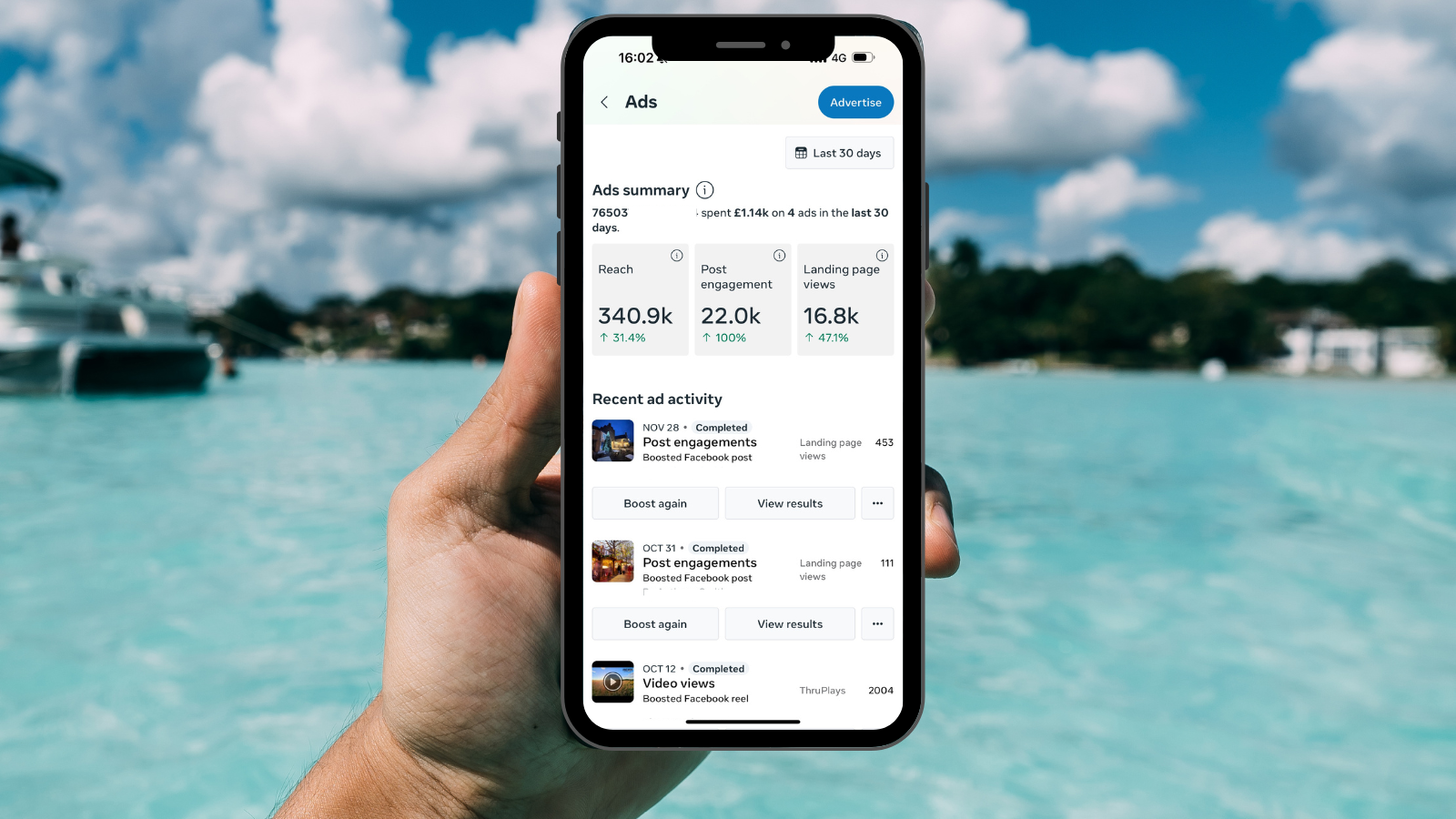
Now that you’ve decided on the format of your ad, Meta will ask you to specify the audience you want to reach.
Without understanding your target demographic, you risk spending money on ineffective ads. As previously recommended, having a Facebook pixel on your website is crucial for optimising social media ads at this stage.
This is where you can apply the insights gathered about your ideal audience. As with any marketing strategy, you’ll have cold, warm, and hot leads. We suggest starting with the quick wins by targeting hot and warm leads first.
Examples of HOT target audiences
The two hottest audiences are the people who have ‘Liked’ your Facebook page and also to your Instagram followers.
Examples of WARM target audiences
A warm audience would be to create a look-a-like audience from a buyer customer list. Facebook take the email addresses and match Facebook profile to similar people and send the ads to them. So even though they may not have heard of your brand you’ll be sure they’ll like it and the ad will resonate with them.
Examples of COLD target audiences
If you have no insights or client data to go on, Meta gives you the option to ‘create’ a cold audience through a series of drop-down, demographic, lifestyle and interest lists. So, play around with what you think and be sure to name the audience appropriately, so you know the difference between your audiences.
Monitoring and Adjusting: The Continuous Cycle of Optimisation
The process to optimise social media ads doesn’t end when you press ‘publish’ – you need to keep a watchful eye on them!
After a week or so once your ads have come out of the learning phase, you can implement some tweaks to improve their engagement, and check back to see if engagement is improving.
We always ensure some form of ad tracking is included at the setup stage, whether that’s the Facebook pixel or our bespoke Google URL link which sits behind your button tracks the click throughs. In a perfect world we would also have access to your Google analytics too.
As well as helping create your ad campaigns, we also create regular reports for you, monitoring your ads and tweaking where needed.
We can use Facebook pixel to set up a long-standing ad which acts as a retargeting service to get back in touch with people who’ve been to your website and left; these are pretty cheap and can be very effective.
Talk to us about how we can help with to optimise social media ads for your business
Hopefully this guide has given you an insight into the world of social media ads and where to get started.
We would love to help you to take the next steps for your company; simply click on our Calendly link to schedule a 30-minute chat about whether Meta ads could work for you.
The Thinking Cap offers a comprehensive service in crafting your ad campaigns as well as monitoring them, all from a friendly small business who want to see your company flourish – so don’t hesitate to get in contact and start to optimise social media ads to reach your ideal customer.
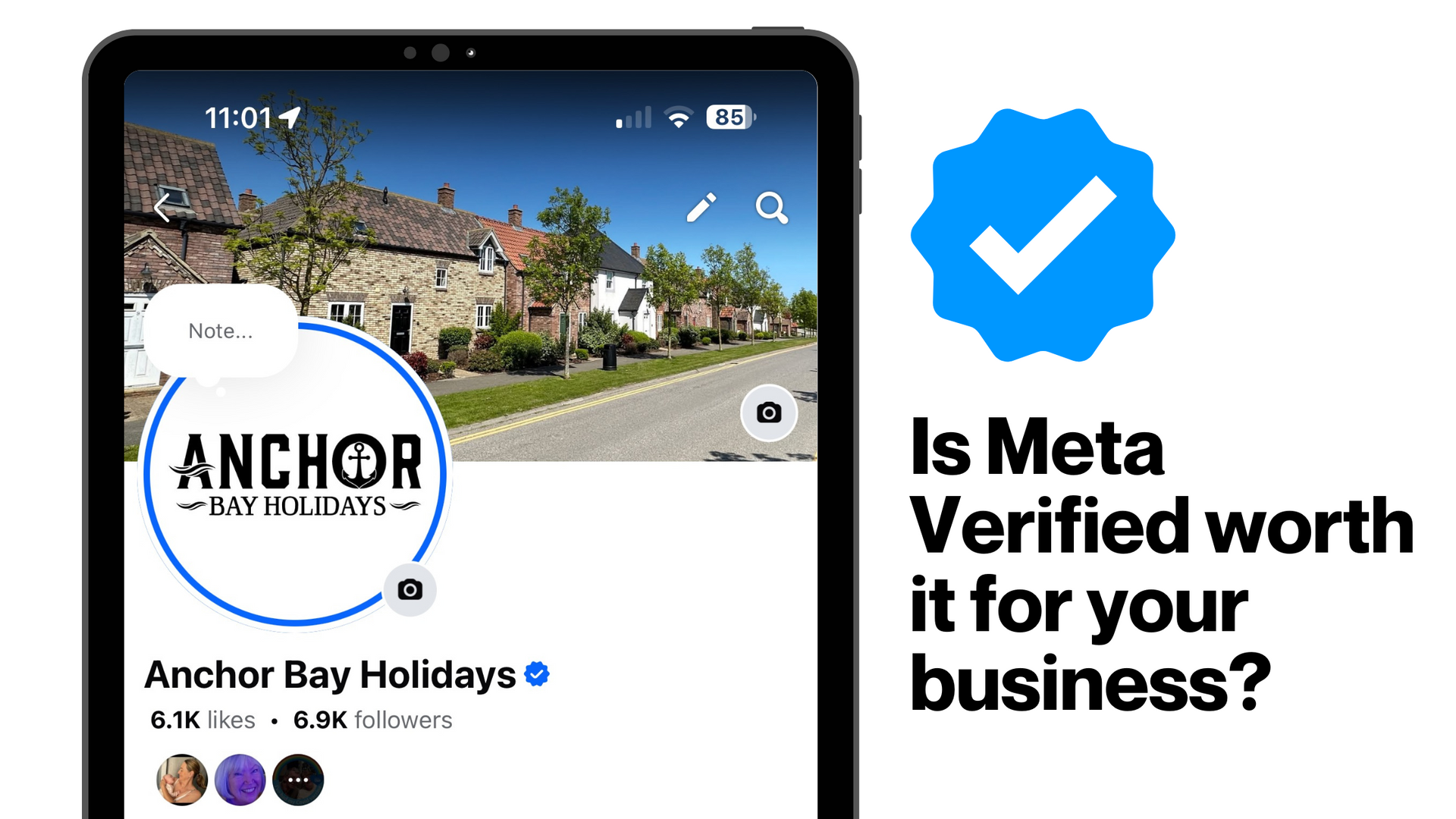
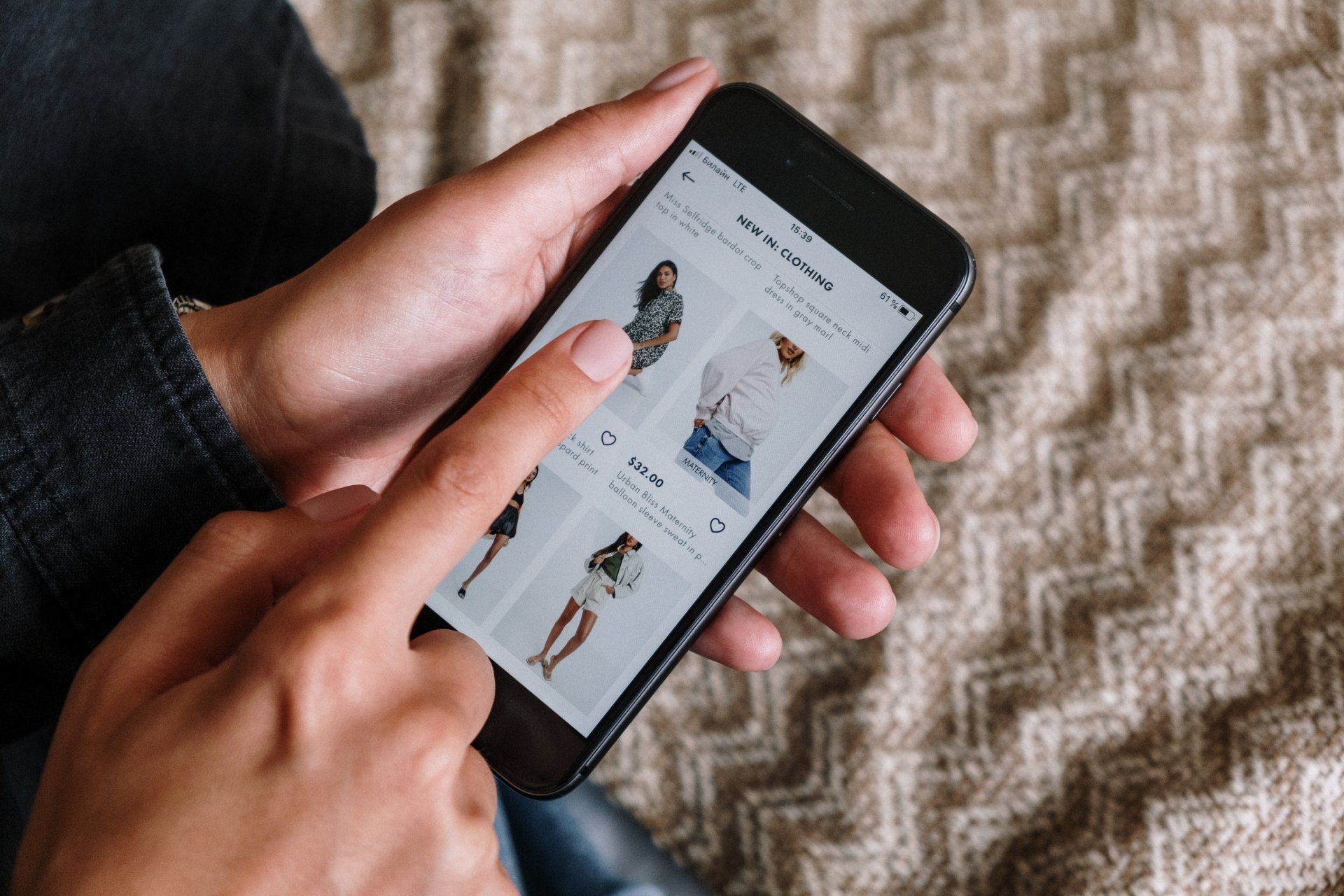


How you can effectively use LinkedIn for free to boost your marketing and grow your podcast audience


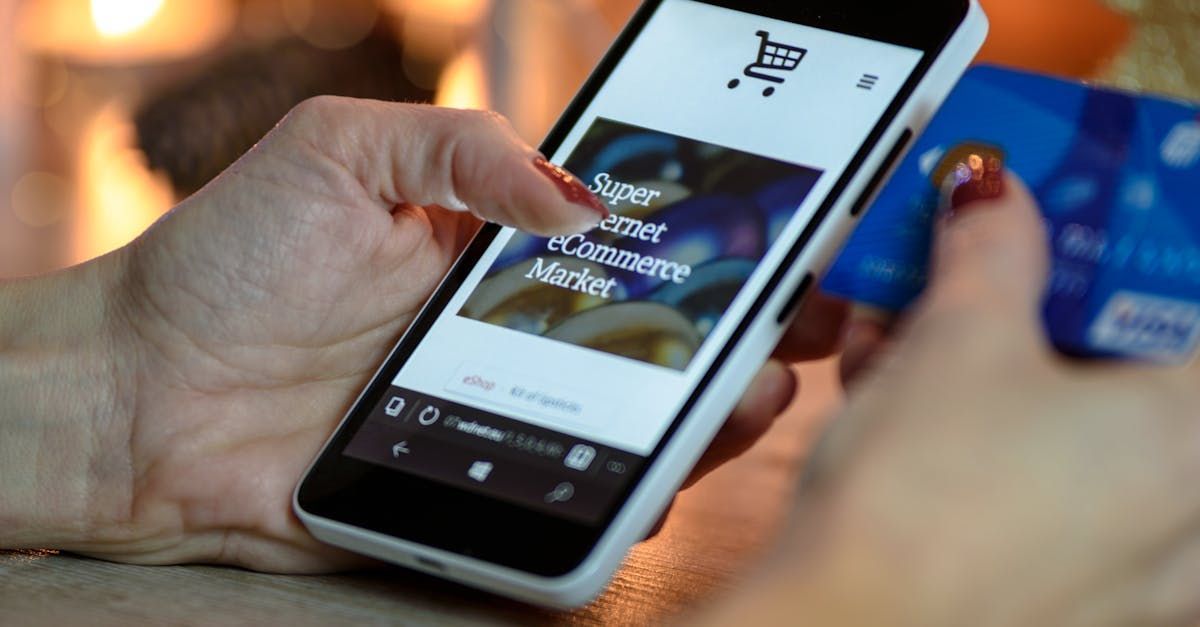

I hope you enjoyed reading this blog post.
If you’d like further help, let’s jump on a call and have a chat.

